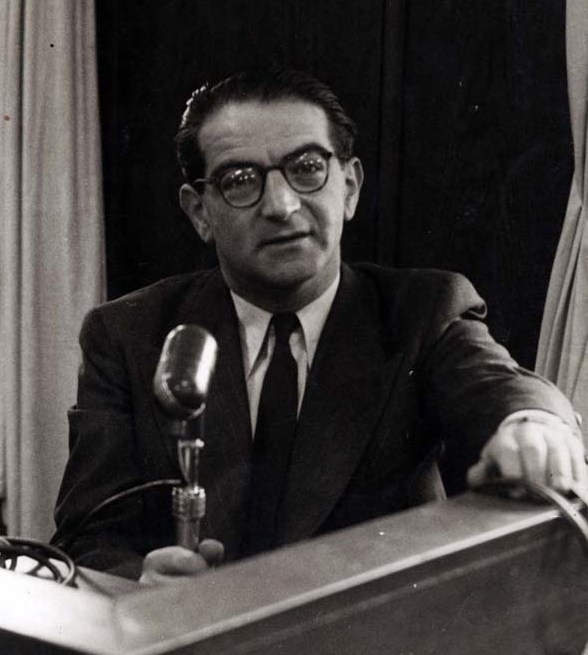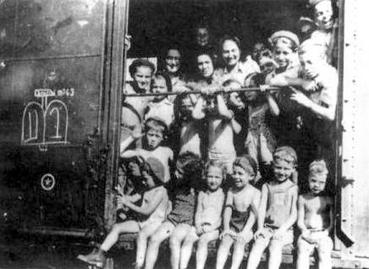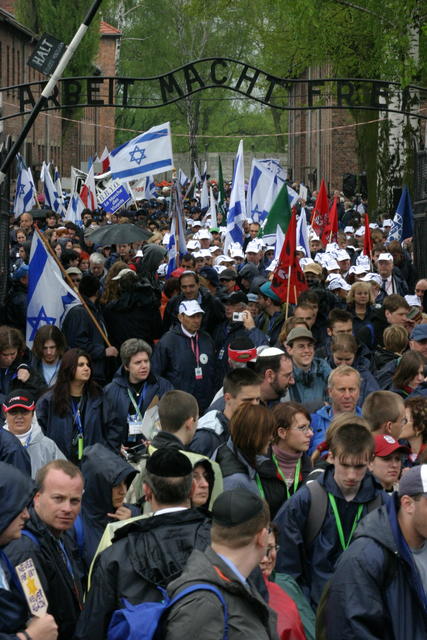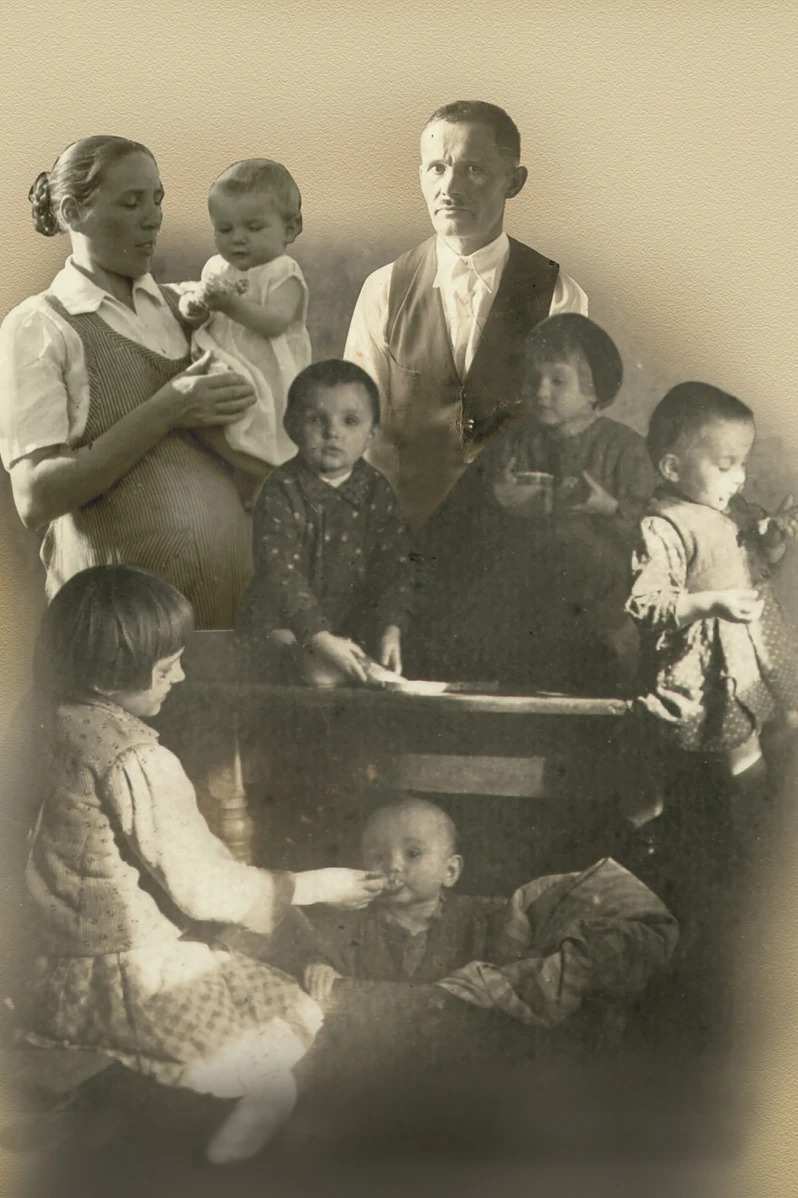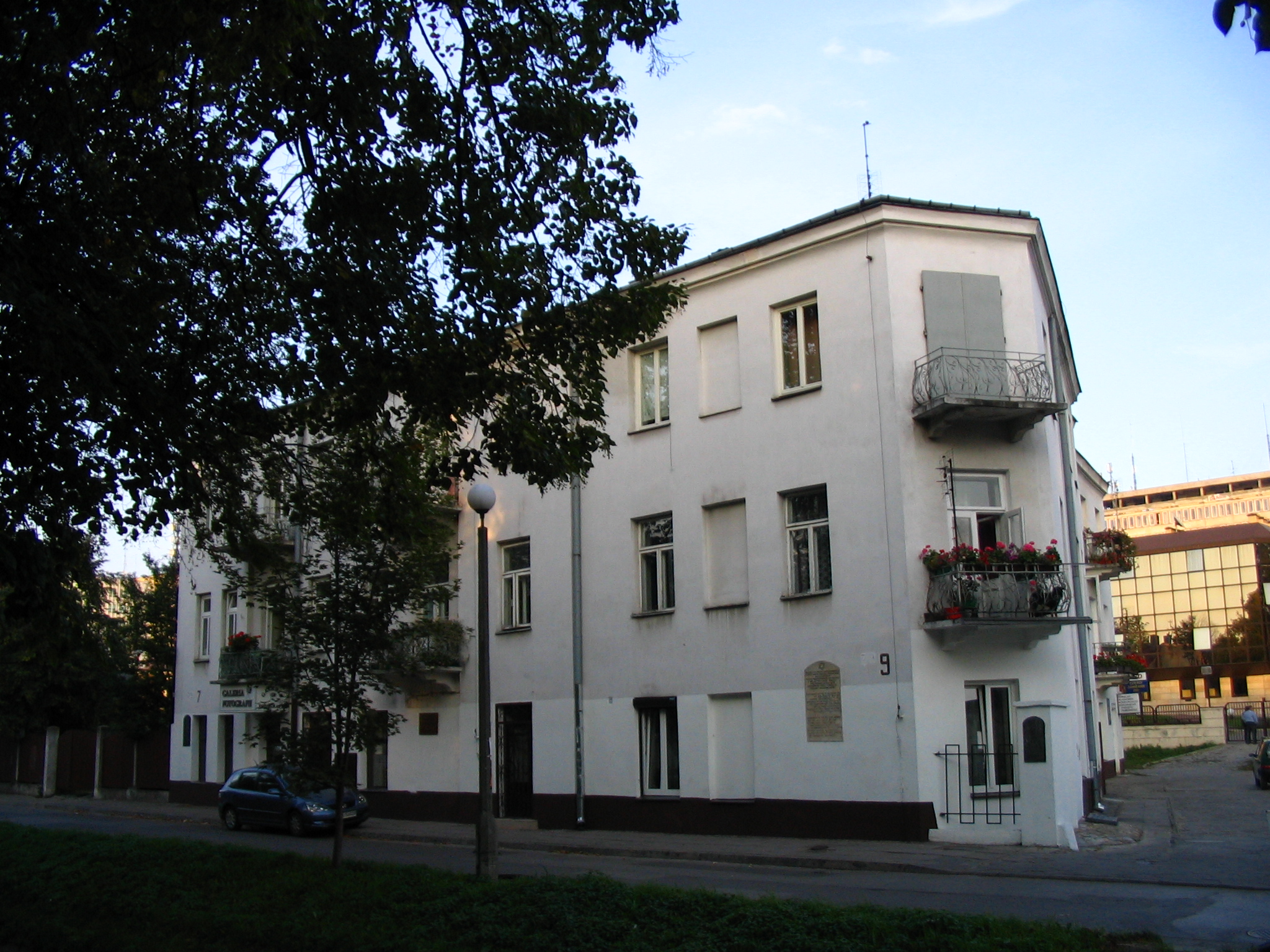Kastner train – Budapest, Rakosrendezo Train Station
Fact of the Hungarian figure „Brick Factory in Obuda – The Holocaust in Hungary”
Part of the „The Holocaust” topic
In June 1944, the Germans agreed to let a few hundred Jews leave Hungary in exchange for a ransom of 1,000 US dollars per person amid ongoing deportations to Hungary. The agreement was negotiated by Rezső Kasztner, the vice-chairman of a Budapest-based Zionist organization. The refugee group included all kinds of Hungarian Jews: members of wealthy families financing the effort, leaders of religious and secular Jewish communities, members of the Hungarian Jewish intelligentsia in Budapest, as well as refugees of Polish, Slovak, and other nationalities. The total number of passengers on the ‘Kastner train’ was 1.684. The train departed Budapest on June 30, 1944, headed for Bergen-Belsen, from where the select group of refugees was directly transported to Switzerland. After the war, Kastner resettled in Israel, where a lawsuit was filed against him for bargaining with the Nazis. Although he was ultimately acquitted of all charges, Kastner was assassinated near his home in Tel Aviv in 1957.
